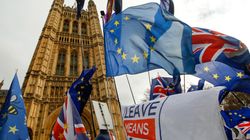
On Tuesday night after the historic and crushing defeat of Theresa May’s Brexit deal, a frenetic Jeremy Corbyn tabled an emergency confidence vote in the PM’s government.
“I’m pleased that motion will be debated tomorrow so the House can give its verdict on the sheer incompetence of the government,” Corbyn said, just moments after it was revealed May had lost 432 – 202 votes.
But what is a confidence vote, we hear you ask. And which other governments have faced them?
As Britain waits with bated breath for the results on Wednesday evening, here’s everything you need to know to bluff your way through *yet another* day of politics mania.
How a confidence vote works
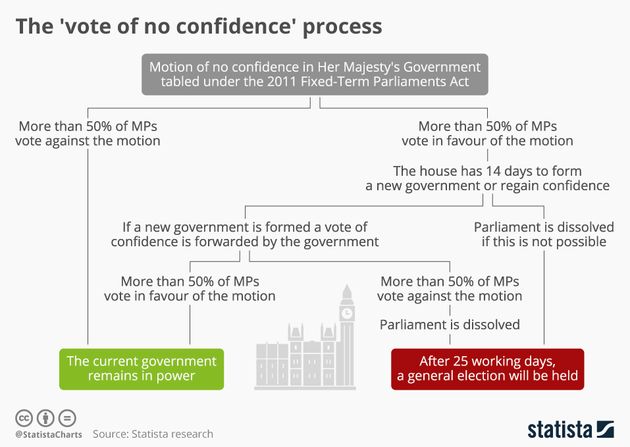
In order to remain in power, May and her ministers need more than 50% of MPs to vote against the no confidence motion.
However if she is defeated, May then has two weeks to try and muster up enough support to form a viable government.
If this option fails, Corbyn has the chance to form his own alliances and create an administration. But remember, neither party currently has a parliamentary majority.
After 14 days, May and her government would face a second confidence vote. If she loses that, a general election would triggered. Simple, right?
Key confidence votes in British history
James Callaghan
In what has been described as “one of the most dramatic nights in Westminster history” on March 28 1979, Prime Minister James ‘Jim’ Callaghan and his Labour government lost a confidence motion by a single vote, 311 – 310.
In a defeat not seen in parliament since 1925 – and only witnessed three times in the whole of the 20th century – Callaghan was forced to dissolve parliament and call a general election.
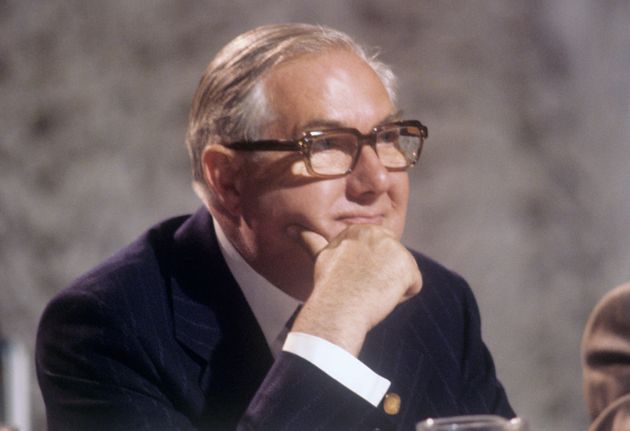
The vote followed a tough year for the prime minister and his party. Not only did the minority government lose two seats in by-elections, but the 1978 ‘Winter of Discontent’ saw Labour lose much of its popularity thanks to a prolonged period of industrial unrest.
But it was after the government was forced to pull an act about devolution for Scotland due to low turnout in a referendum that Tory leader Margaret Thatcher – who would become prime minister in the subsequent general election – triggered a no confidence motion in Callaghan and his ministers supported by SNP MPs.
It was a heavy blow for the Labour Party, who did not return to government for 18 years.
Margaret Thatcher
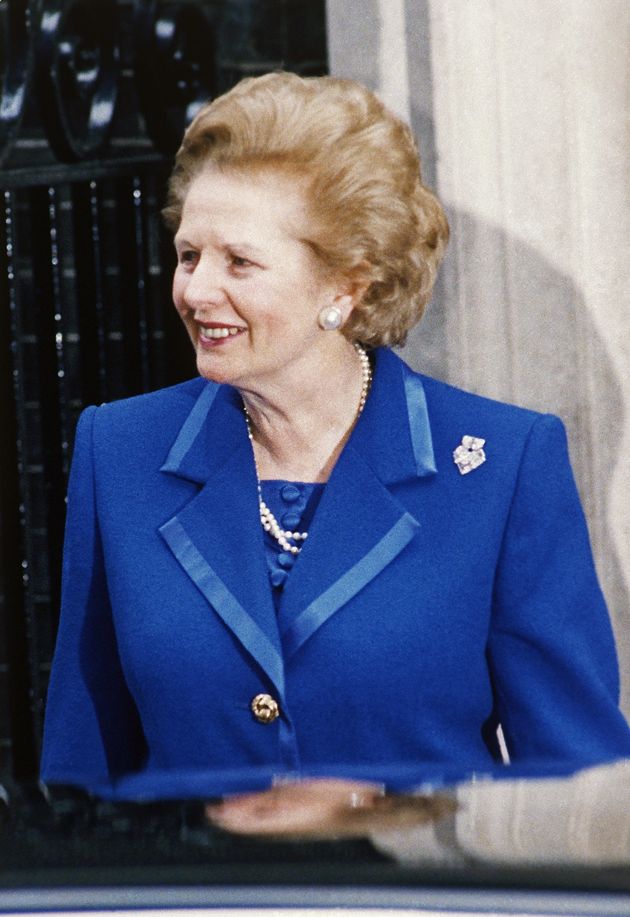
While a no confidence motion opened the door for Thatcher to become PM, it also signalled the end of her near 12-year premiership.
Labour leader Neil Kinnock tabled a no confidence vote in the Conservative government on November 22 1990 – the same day the so-called ‘Iron Lady’ resigned as prime minister.
Having failed to win a leadership challenge from Michael Heseltine outright, Thatcher was advised by her cabinet to step down before the second round of voting.
But despite chaos in the now leaderless Conservative Party, the government won the confidence vote 367 – 247.
John Major
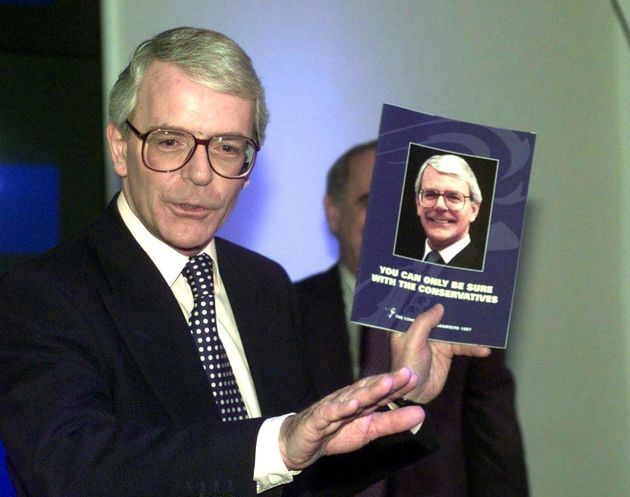
The last time a UK government faced a confidence motion was July 23 1993, when Tory PM John Major tabled a vote on his own party.
Having lost a crucial vote over the Maastricht Treaty – a founding agreement of the European Union – the day before thanks in part to 23 Conservative rebels, Major went “nuclear”, tying a confident vote to the treaty in a bid to force support from his own benches.
“This House has confidence in the policy of the government on the adoption of the protocol on social policy,” he told the House of Commons.
It meant that Conservative MPs could not vote against the Treaty – which would allow the UK to opt out of EU employment laws – without voting against their own government.
Major won the vote 339 – 299.
Infographics supplied by Statista.
